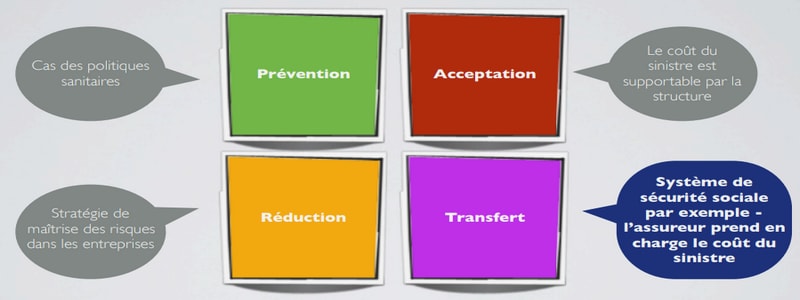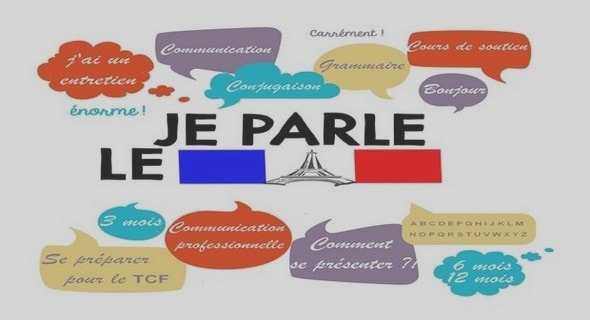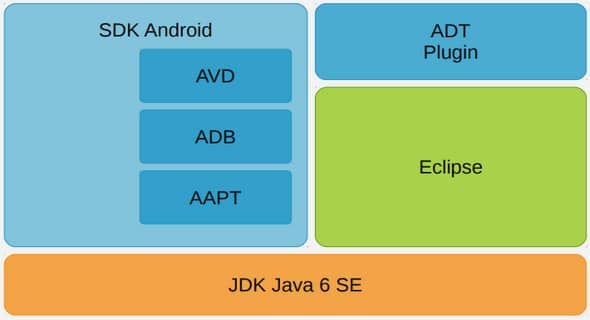Authenticity and non-authenticity of a text Authentic
texts are those which are designed for native speakers meaning “text written for use by the foreign language community” (Nuttall, 1996). They are real texts designed not for language students, but for the speakers of the language in question. An English advertisement is an example of authentic English. Grellet affirms that “authenticity means that nothing of the original text is changed and also that its presentation and layout is retained”.Teachers are encouraged to use authentic materials for classroom study whenever possible because it shows students how system of references, repetition and redundancy, and discourseindicators are used. By using authentic materials, teachers train students to read outside classroom and offer them a real context. However, non-authentic materials do not have these qualities. A non-authentic text is one that has been written especially for language students. Grellet (1999) maintains that “simplifying a text may mean: (a) replacing difficult words or structures by those already familiar to the students, (b) rewriting the passage in order to make its rhetorical organization more explicit, (c) giving a simplified account, that is to say conveying the information contained in the text in one’s word. This is the case of some teachers; they simplify texts for the sake of their students’ level. An option, for teachers when they think a text is difficult, is to grade the tasks and activities according to their students’ competence. Yet, beginner students will probably not be able to handle genuinely authentic texts, so they can practice first with texts that look authentic. To sum up, the use of authentic texts in class encourage and motivate students during reading comprehension session. It also gives them a proof of how language is used in real life. So teachers should as much as possible use authentic materials to help students become independent readers.
Cooperative Learning
According to Johnson, Johnson and Smith (2014) “cooperative learning is the instructional use of small groups in which students work together to maximize their own and each other’s learning”. Olsen and Kagan (1992) defined cooperative learning in this way: “group learning activities organized so that learning is dependent on the socially structured exchange of information between learners in groups and in which each learner is held accountable for his or her own learning and is motivated to increase the learning of others”. To put it more concretely, cooperative learning situation makes maximum use of cooperative activities in classroom; each member of the group finds relevant information which is beneficial for themselves as well as for the group members. The textbooks and the teacher are no longer the only source of information for students, but are instead replaced by other people. In cooperative learning situations, students work and learn in groups. We all know that working in group is not new; teachers have been using group methods for as long as there have been classrooms. Nevertheless many teachers find the use of groups unproductive and disruptive. This is because of the traditional way of working in group.
When a teacher assigns students to work in group, they accept to work together because they have to do so. As a result, some students hide information from each other, attempt to mislead and confuse each other; some students for their part seek information but have no motivation to teach what they know to group-mates; and some students seek a free ride on the efforts of group-mates who feel exploited and do less. That is why Johnson and Johnson (1999) said that “not all groups are cooperative. There is nothing magical about working in a group. Some kinds of learning groups facilitate student learning and increase the quality of life in classroom. Other types of learning groups hinder student learning and create disharmony and dissatisfaction”. In order to have a successful group work, there are skills which a teacher needs to know and skills which students must learn. But before that, it is good to have an idea about the features of cooperative learning which we will examine in the following section.
The jigsaw technique
The jigsaw technique is not just a cooperative learning technique, “it is the element of required interdependence among students which makes this a unique learning method, and it is this interdependence that encourages the students to take an active part in their learning” (Aronson et al, 1997). The idea behind the jigsaw technique is this: “just as in a jigsaw puzzle, each piece, each student’s part is essential for the full completion and full understanding of the final product. If each student’s part is essential then each student is essential” (Aronson et al, 1997). To put it more concretely, each student of a learning team has but one piece of a jigsaw puzzle; the learning task for each student is to obtain the information from every piece of the puzzle. To do well, the students have to learn the unique information possessed by every other member. Because of the structure of the situation, the students have equal status contact (each has a unique and necessary piece of information), they work interdependently (each depends on the others to be able to achieve their desired goals), and they work in pursuit of a common goal (good grades, learning, teacher’s praise), all with sanction of authorities (teachers) (Walker and Crogan, 1998).
Aronson invented the jigsaw technique to change the educational process in order for students to see each other as collaborators not competitors. Each group member has a different part of the information necessary for group members to perform a given task. The only way for others to obtain this information is through their group-mates. Group success depends on each member mastering all the parts. That is why, the jigsaw technique derives from social psychology, mainly Gestalt psychology which is the whole is greater than the sum of the parts. Gestalt psychology tries to understand the laws of our ability to acquire and maintain meaningful perceptions in an apparently chaotic world. “Deutsch and Krauss (1965) explain that the Gestalt psychologists focused on perception. Perception has implications for the way people interact with one another. For example, the phenomenon of closure can be applied to the way that we judge others. Just as we fill in the missing part of a circle, so too do we use our past experience to fill gaps in our knowledge of others” (Jacobs, 1991). To put it more concretely, Gestalt psychology is based on a belief that learning occurs during learners’ active involvement in a process of meaning and knowledge construction. During a jigsaw reading, students are arranged into groups of four to six students: this is the “Jigsaw group”. Each member of the group is assigned a segment or portion of the text. Then, all the students from different groups who have the same portion of text gather together and form an “expert group” to discuss and communicate with each other until they master the material. Later, each student from the expert group return to their original group which is the “Jigsaw group” to teach the members of his or her group so that every member has a complete picture of the information.
Groups It is the teacher who chooses how he or she will organize the students according to the sections of text available and the number of the students in class. A teacher can divide the class randomly using numbers or color of clothes, for example, so that academic ability and sex are distributed within and across the groups; or uses knowledges and intuitions in forming groups. No groups contained best friend or worst enemies. In one group, it may happen that low achievers in class are paired with high achievers who can be good helpers and who can be served as models in the group. Once the group is settled, a teacher selects a leader in each group or asks the members in each group to choose their leaders. These group leaders are expected to help organize the group, to keep the group on task, to serve as the group-teacher liaison, to help resolve conflict. Students gather in their jigsaw groups to receive their sections or paragraphs and any special instructions from their group leader. They then break into expert groups to plan their presentation. Once in the expert group, the students’ first read their sections of paragraphs. It is helpful for poor readers if one person reads the paragraph aloud. Then group members start helping each other understand the section of the text.
They work on meanings of words; think up examples to explain things. Students can ask questions about anything that is unclear. Students who grasp or understand the section quickly are vital resources in helping slower students learn the section. When everybody understands the information on the section, the group decides how to teach the material to the jigsaw groups. Expert group members thus get an idea of how the others are planning to present, hear some suggestions that may aid their own presentation, and give each other constructive feedback. Having finished working in their expert groups, the students reassemble in their jigsaw groups. The sections of the text should be in a specific order, and the students should teach them in this order. After the jigsaw groups get back together, the student who has the section that begins the text present first; or if the text does not have an order, the student who is ready can begin presenting. If the group is restless and having trouble settling down, the group leader will intervene. The student who is trying to present might also say something. The students in the group are encouraged to use active listening skills. It’s hard to tell if someone is listening if they are drawing pictures, looking down, and showing no overt interest in the procedure generally. After the individual presentations, the group can review all parts of the text together. Each student may try to think of important points from the text. Or students may ask one other question about the text and try to answer questions on parts other than their own. Having the students review ensures that every student understands the text. If a review is not done, students may leave with an incorrect understanding of the information from the text. A teacher should leave about five minutes at the end for each group to process discussion about their group. How well each group achieves its goal, what actions are helpful and what are not; makes decisions what behaviours to continue or change.
GENERAL INTRODUCTION |


